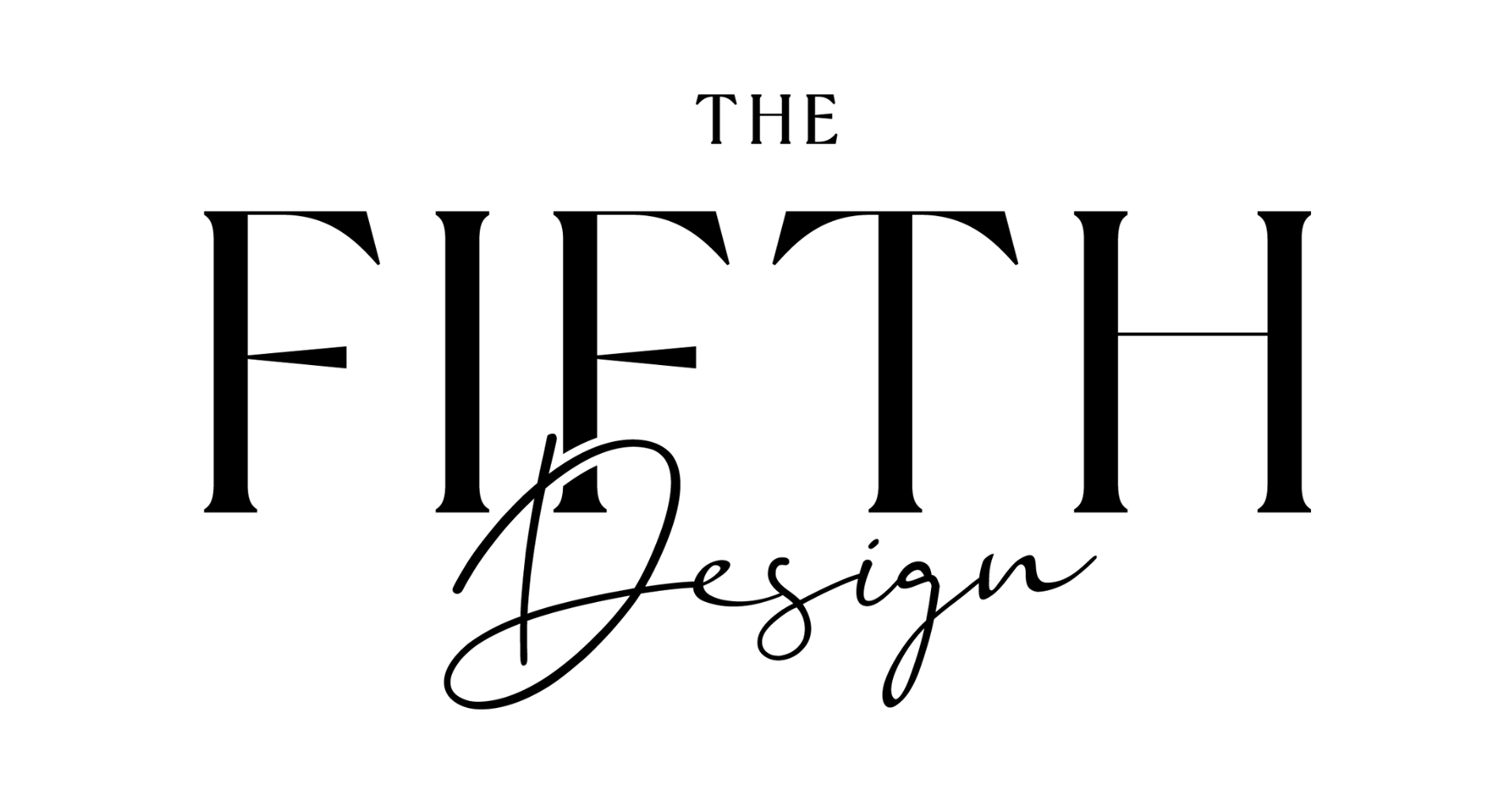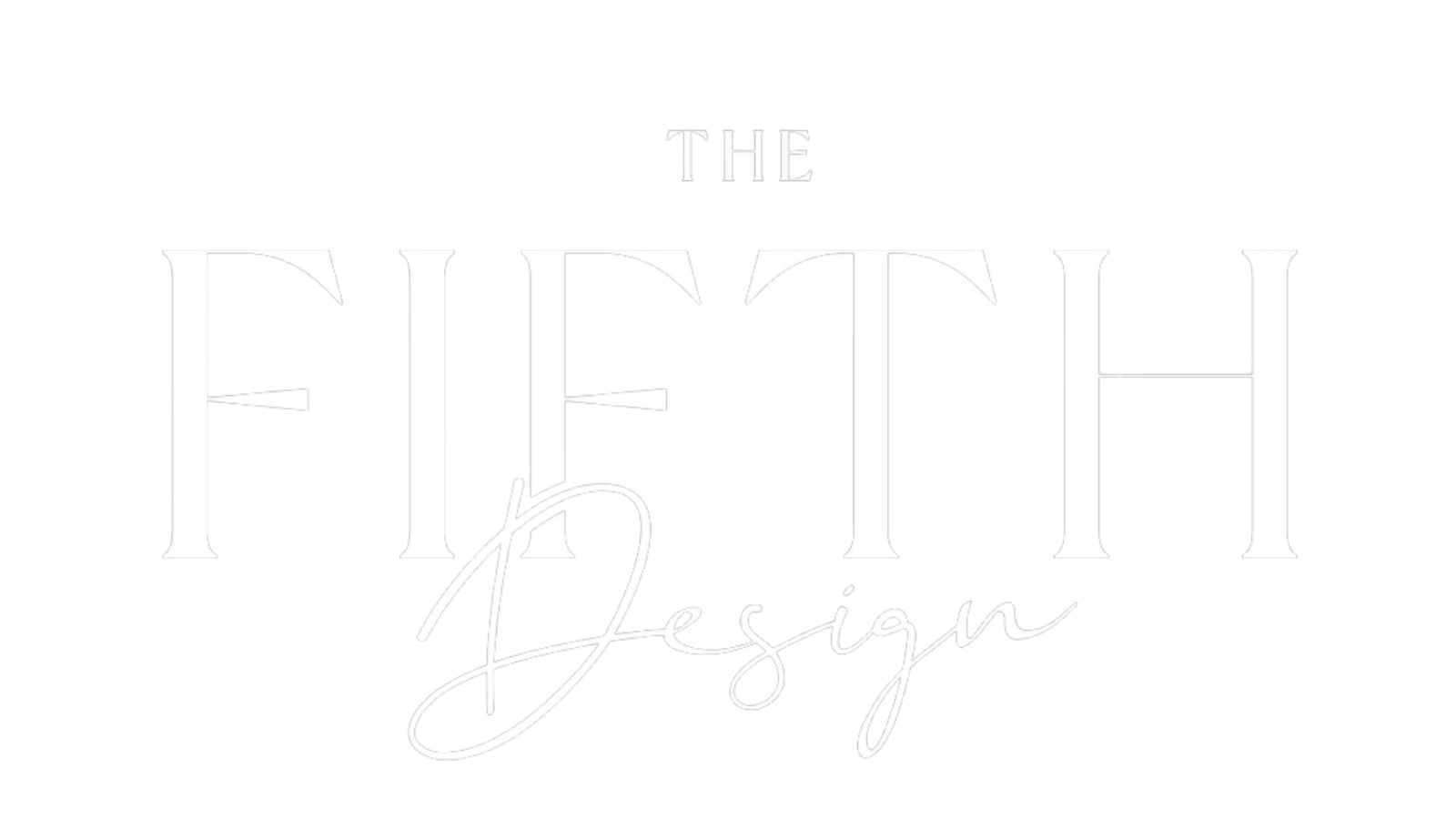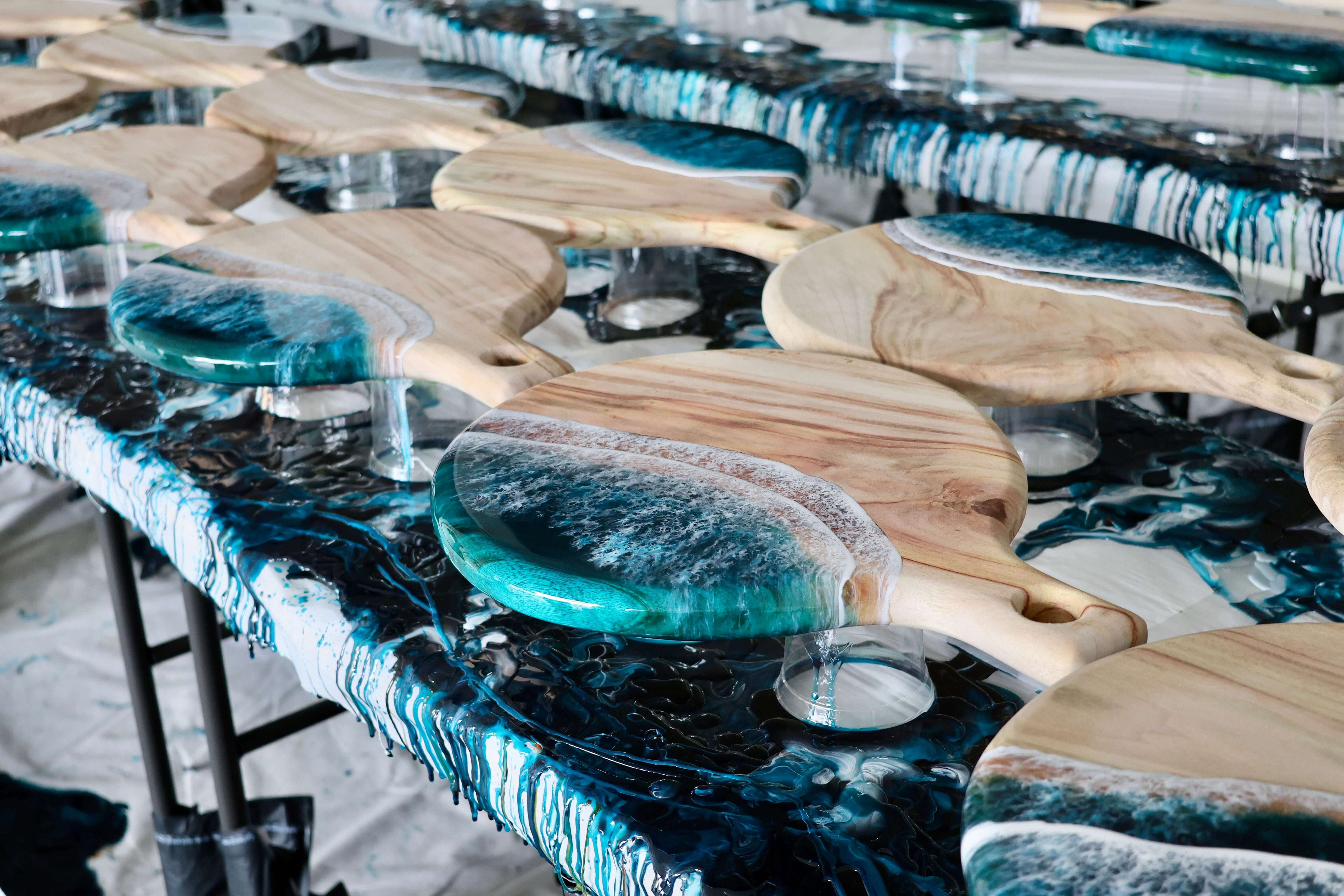In our hyperconnected world, there's growing scientific evidence that the objects we surround ourselves with don't just decorate our spaces, they actively reshape our neural pathways. While most of us intuitively know that a handcrafted resin cheese board feels different from a mass-produced plastic tray, neuroscience is now revealing the fascinating biological reasons why.
Here in our Sunshine Coast studio at The Fifth Design, we've always believed that handmade objects carry an energy that factory products simply can't replicate. What we didn't know until recently is that this belief has solid scientific backing. Research from universities across Australia and internationally is showing that our brains respond to handcrafted items in measurably different ways, ways that promote calm, creativity, and connection.
Your Brain on Natural Materials
When you run your fingers across the natural grain of Camphor Laurel or feel the smooth, organic curves of hand-poured resin, your brain releases a cocktail of beneficial neurochemicals. Dr. Sarah Chen's groundbreaking 2023 study at Melbourne University found that people who regularly interact with natural, handcrafted materials show increased levels of oxytocin—the "bonding hormone", compared to those who primarily use synthetic, mass-produced items.
The tactile experience triggers what neuroscientists call the "craftsmanship effect." Your sensory cortex, the brain region responsible for processing touch, becomes more active when engaging with irregular, natural textures. Unlike the perfectly uniform surfaces of machine-made products, handcrafted items contain subtle variations that keep your nervous system engaged in a beneficial way.
Think about the last time you prepared food on one of our handcrafted resin boards. Did you notice how your hands seemed to naturally slow down? That's not coincidence, it's neurobiology. The irregular patterns and natural warmth of the timber signal your parasympathetic nervous system to activate, shifting you from stress mode into what researchers call "rest and digest" mode.
The Rhythm of Making, The Rhythm of Being
There's something deeply Australian about this connection to natural rhythms. Our lifestyle has always been tied to the land, the seasons, and the natural pace of coastal living. What science is revealing is that this isn't just cultural preference—it's biological necessity.
Dr. Marcus Thompson from Griffith University's neuroscience department explains that modern urban environments flood our brains with what he calls "cognitive overload." The constant stream of notifications, artificial lighting, and synthetic materials keeps our stress response systems in a state of chronic activation. Handcrafted objects serve as neural "reset buttons," providing our overstimulated minds with sensory experiences that promote healing and restoration.
When you use a handcrafted resin board for your morning coffee ritual or evening cheese platter, you're not just preparing food—you're participating in what researchers term "micro-meditations." These brief moments of tactile mindfulness accumulate throughout the day, creating measurable improvements in cortisol levels, heart rate variability, and overall emotional regulation.
The irregularities in handmade items—the slight asymmetries, the unique grain patterns, the subtle variations in thickness—all contribute to what neuroscientists call "positive cognitive friction." Your brain has to work slightly harder to process these natural variations, but this effort is rewarding rather than stressful. It's the difference between the gentle mental workout of a bushwalk and the harsh cognitive demands of rush-hour traffic.
Memory, Meaning, and Material Connection
Perhaps most fascinating is emerging research on how handcrafted objects affect memory formation and emotional attachment. A 2024 study published in the Journal of Environmental Psychology found that people form stronger, more positive memories around experiences involving handmade items compared to mass-produced alternatives.
The researchers theorize this happens because handcrafted objects carry what they call "embedded narrative"—visible traces of the making process that tell a story. When you see the subtle tool marks on a piece of Camphor Laurel or the unique flow patterns in hand-poured resin, your brain automatically constructs a narrative about the craftsperson's hands, their intentions, their care.
This narrative processing activates the same brain regions involved in social bonding and empathy. In essence, using a handcrafted object creates a neurological connection between you and its maker, even if you've never met. It's why customers often tell us they feel connected to our studio, our story, our family—even though they're physically hundreds of kilometers away.
This connection extends to your own experiences with the object. Because handcrafted items are inherently unique and irreplaceable, your brain invests more heavily in cataloguing memories associated with them. The cheese platter you served on your handcrafted resin board becomes more vivid in memory than the same meal served on disposable plates. The morning coffee ritual becomes a stronger anchor for positive emotions.
The Seasonal Brain: Aligning with Natural Rhythms
Living on the Sunshine Coast, we're acutely aware of how seasonal changes affect mood and energy levels. Neuroscience research is revealing that our brains are hardwired to seek out these natural rhythms—and handcrafted objects can help restore this connection even in urban environments.
Unlike mass-produced items that look identical year-round, handcrafted pieces change subtly with use and time. The patina that develops on natural timber, the way resin catches light differently as seasons change, the gradual smoothing of edges through regular use—all these changes mirror the natural aging and evolution we see in the environment around us.
Dr. Jennifer Walsh from James Cook University's psychology department has found that people who regularly interact with "aging" handcrafted objects show better adaptation to seasonal mood changes and more stable circadian rhythms. The theory is that these objects serve as tangible reminders of natural cycles, helping to regulate our internal biological clocks.
This might explain why so many of our customers mention that their handcrafted pieces become more beautiful over time. It's not just aesthetic appreciation—it's biological recognition of natural aging patterns that our brains find deeply satisfying.
Breaking the Perfectionism Loop
Modern life often demands perfection—flawless digital photos, precise measurements, identical products. This constant exposure to artificial perfection can create what psychologists call "perfectionism anxiety," contributing to stress and dissatisfaction.
Handcrafted objects offer a neurological antidote to this perfectionism. The small irregularities, the visible "flaws," the evidence of human hands—all these imperfections actually trigger positive responses in our brains. Japanese research on "wabi-sabi" (the beauty of imperfection) shows that viewing and interacting with imperfect objects activates brain regions associated with acceptance, compassion, and emotional regulation.
When you use a handcrafted resin board with its unique flow patterns and natural timber variations, you're training your brain to find beauty in imperfection. This neural training extends beyond the object itself, helping you develop greater acceptance and patience in other areas of life.
The Social Neuroscience of Sharing
Gathering around handcrafted pieces creates what researchers call "enhanced social bonding." The visible evidence of human creation—the maker's touch embedded in every curve and texture—primes our brains for human connection and sharing.
Studies using brain imaging technology show that people experience heightened activity in empathy-related brain regions when sharing food served on handcrafted pieces compared to industrial alternatives. The theory is that handmade objects carry "social affordances"—subtle cues that encourage community, conversation, and connection.
This might explain why our customers often mention that their handcrafted boards become centers of social activity—not just functional tools, but conversation starters that draw people together. The neuroscience suggests this isn't accidental; it's hardwired into how our brains respond to evidence of human craftsmanship.
How long does it take to experience the benefits of handcrafted objects?
Research suggests that positive neurological changes begin within minutes of tactile interaction with natural, handcrafted materials. However, the most significant benefits—including improved stress regulation and enhanced memory formation—develop over weeks and months of regular use. Daily rituals involving handcrafted objects show the strongest positive effects.
Are these benefits specific to certain types of handcrafted items?
Studies indicate that objects combining natural materials (like timber) with artisanal techniques (like hand-poured resin) provide the strongest neurological benefits. The key factors are tactile irregularity, visible evidence of human creation, and natural material properties. Items used in daily rituals—like serving boards and coasters—show enhanced effects due to repeated positive associations.
Can mass-produced items provide similar neurological benefits?
While any positive routine can have mental health benefits, research consistently shows stronger responses to handcrafted items. Mass-produced objects lack the subtle irregularities and embedded narratives that trigger beneficial brain responses. However, the ritual and intention behind object use also matter—mindful interaction with any object is better than mindless consumption.
Do these effects work for everyone, regardless of personality type?
Individual responses vary, but studies show neurological benefits across different personality types and cultural backgrounds. People with higher sensitivity to sensory input (approximately 20% of the population) show particularly strong responses to handcrafted objects. However, even those with lower sensory sensitivity demonstrate measurable improvements in stress markers and emotional regulation over time.
The science is clear: surrounding ourselves with handcrafted objects isn't just an aesthetic choice—it's a neurological investment in our well-being. As we continue creating pieces here in our Sunshine Coast studio, we're not just making functional art; we're crafting tools for better living, supported by the latest understanding of how our brains connect with the made world.
In our hyperconnected age, perhaps the most radical act of self-care is slowing down enough to appreciate the weight of a handcrafted board in our hands, the texture of natural timber beneath our fingers, the story embedded in every unique resin pour. Our brains, it turns out, are designed for exactly this kind of connection.



Compartir:
When Gifts Become Heirlooms: The Art of Choosing Objects That Last Generations
The Ritual Revolution: How Modern Families Are Creating New Traditions Around Food